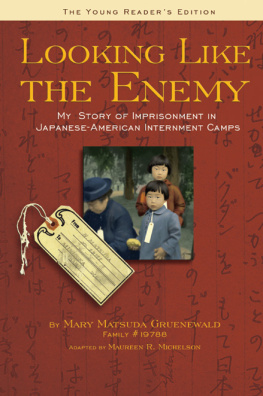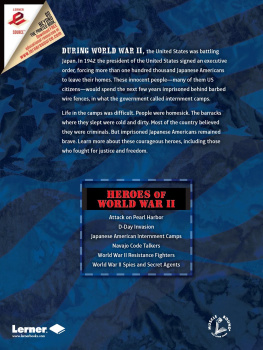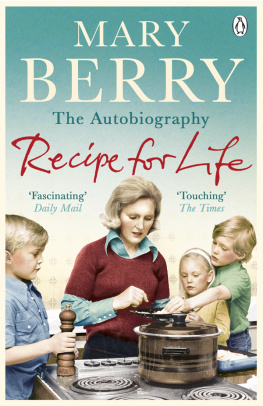
YOUNG READER'S EDITION
LOOKING LIKE
THE ENEMY
MY STORY OF IMPRISONMENT
IN JAPANESE-AMERICAN
INTERNMENT CAMPS
BY MARY MATSUDA GRUENEWALD
ADAPTED BY MAUREEN R. MICHELSON

NEWSAGE PRESS
Troutdale, Oregon
Young Readers Edition
LOOKING LIKE THE ENEMY:
My Story of Imprisonment in Japanese-American Internment Camps
Copyright 2010 Mary Matsuda Gruenewald
Paperback Original ISBN 978-093916566-7
All rights reserved. No part of this book may be reproduced or used in any form or by any means without permission from the publisher.
NEWSAGE PRESS
PO Box 607
Troutdale, OR 97060-0607
503-695-2211
website: www.newsagepress.com
Cover Photo: Two children from the Mochida family await evacuation with their parents to a Japanese-American internment camp in Hayward, California on May 8, 1942. The photographer, Dorothea Lange, was an important documentary photographer hired by the U.S. governments War Relocation Authority (WRA) to document the evacuation of Japanese Americans to internment camps. Photo courtesy of Still Picture Records Section, The National Archives. The insert of the Matsuda Family name tag had been attached to one of Mary Matsudas family suitcases when they were evacuated.
Library of Congress Cataloging-in-Publication Data (TO COME)
1 2 3 4 5 6 7 8 9
DEDICATION
For my parents generation, the Isseis,
whose courage, devotion, and faith in the
United States and in their children made it possible
for Japanese Americans to triumph over the
internment experience.
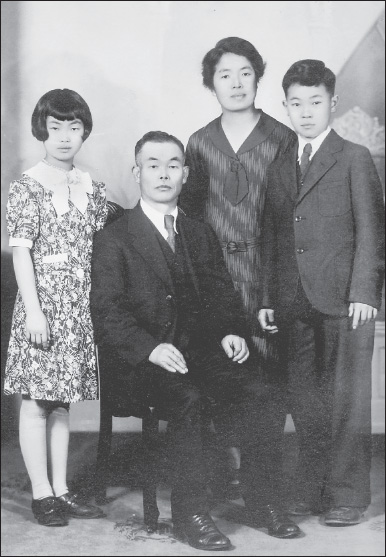
MARY MATSUDA GRUENEWALD COLLECTION
The Matsuda Family, 1933.
BREAKING THE SILENCE

O ne sunny day my brother, Yoneichi, and I sat on a log floating in front of our home at Shawnee Beach on Vashon Island, Washington. I was four years old and Yoneichi was six. On that peaceful day in 1929 we could not know about the difficult future my family would face.
Thirteen years later, World War II broke out and a wave of anti-Japanese prejudice swept across the United States. The government forced my family to leave our secure island home and face a hostile and violent world at war. I did not know that our own country would confine my family in an internment camp simply because we looked like the enemy.
Some seventy-five years later, I gaze long and hard at this photo, recalling my innocence, joy, and security. With what I know now, how I wish I could have held that little girl in the photo and reassured her: Have faith in your family and the ultimate goodness of people. Especially have faith in yourself to survive the tragic events yet to come. In spite of all the terror, pain, depression, and tears in your future, you will reach a final hopeful conclusion.
Over the years, I have learned faith, hope, and love in a world gone crazy. I have carved out a life marked by reason and patience for myself and for my three children. I also learned the importance of speaking, telling my story, in the hope that history will not repeat itself.

MARY MATSUDA GRUENEWALD COLLECTION
Mary and Yoneichi.

I wanted to create a young readers version of my story because I was quite young when this story began. As a teenager, I faced great uncertainty and danger in the United States and worldwide. This story tells how my family lived through that time and learned many important lessons about love and courage. I hope this story offers you hope and inspiration to face whatever challenges may come your way in your own life.

MARY MATSUDA GRUENEWALD
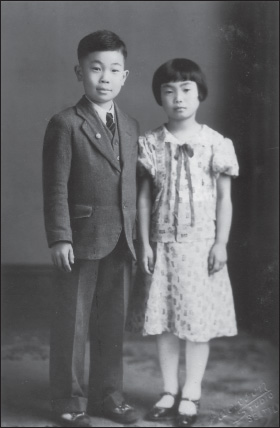
MARY MATSUDA GRUENEWALD COLLECTION
Mary Matsuda, 5, and her brother, Yoneichi, 7.
CONTENTS

LOOKING LIKE
THE ENEMY
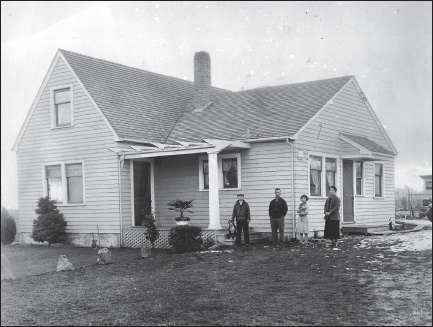
MARY MATSUDA GRUENEWALD COLLECTION
The Matsuda family's new home on Vashon Island in the winter of 1931. From left, Yoneichi petting the family dog, Frisky, Papa-san, Mary holding the family cat, Kitty, and Mama-san. Mary was six years old.
THE DAY MY LIFE
CHANGED FOREVER

I will always remember the day my life changed forever.
It was a typical Sunday morning. My brother Yoneichi and I quickly walked through a light rain to get to the local Methodist Church. As usual, we arrived early. We dusted the pews in the small country church and distributed church hymnals and bulletins as people arrived.
That December morning my brother and I were happy. We knew all the people in the church, and we always looked forward to singing the familiar hymns and feeling a part of the congregation. The Sunday service was in English so my parents didnt attend. Instead, they would attend services in Japanese, held in their living room whenever a Japanese Methodist minister visited our community.
After church that day, my brother and I wished everyone a good week ahead and left for home. As we walked, I studied the Bible verse I had received and repeated it until I memorized it for next Sunday. That would be my last carefree morning, preoccupied with all the interests and worries of a sixteen-year-old American teenager.

We had a happy simple life growing up on a rural island called Vashon, just a fifteen-minute ferryboat ride from Seattle, Washington. My life in that beautiful setting was one of innocence and pleasure. I was just one of the island kids. I attended Vashon Grade School with eight grades in one building. Each teacher taught two different classes in the same room.
My parents, Heisuke and Mitsuno Matsuda, had a small berry farm on Vashon Island. We were one of the thirty-seven Japanese-American families living there. My parents worked long days in the berry fields to make a living for their family. They decided to raise their two children on Vashon because they wanted to protect us from the corrupting influences of life in the city.
But nothing could protect us from the events that would soon follow.

Next page
